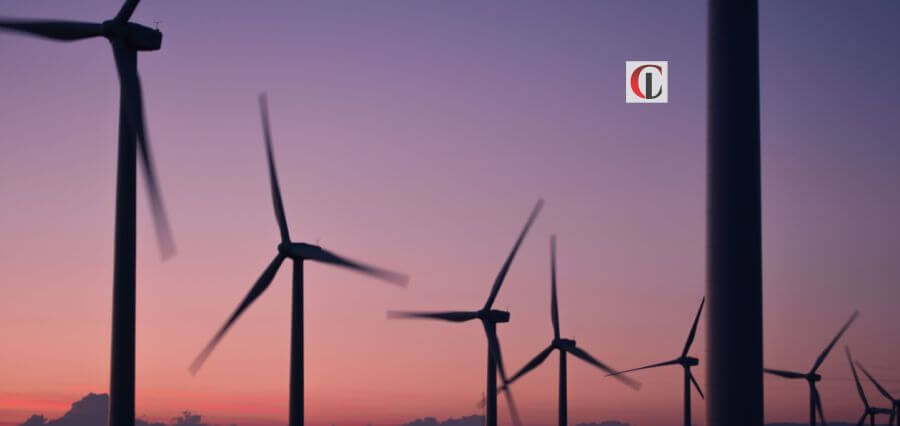For the first time, wind energy provided over 25% of Britain’s electricity last year, demonstrating the energy source’s explosive growth. As of 2022, according to new data from National Grid, wind accounted for 26.8 percent of all electricity generated. In comparison to 2021, it represents an increase of five percentage points.
February was the windiest month, and 41.4 percent of the nation’s energy came from turbines. On December 30, a windy day, turbine output reached 20.918 gigawatts, the highest amount that Britain’s expanding fleet has so far achieved.
Following the closure of two sizable nuclear plants over the year, wind now makes up a larger portion of Britain’s electricity mix than nuclear. The figures highlight the huge change in the electricity mix over the last decade, provoked first by a push to cut carbon emissions and accelerated by Russia’s throttling of gas supplies to the West.
As recently as 2012, coal produced 40pc of the UK’s electricity and wind accounted for just 5.5pc. The proportion of wind in the mix is growing as new, taller turbines are built, with the UK as one of the most attractive markets for developers.
In-depth Overview
In August, developer Orsted’s Hornsea 2 wind farm, the world’s largest, started generating. It can produce enough power for 1.4m homes. While the higher mix of wind on the system helps lower carbon emissions, it also creates challenges in balancing electricity supplies as wind is intermittent.
Although incorporating more wind into the system reduces carbon emissions, the intermittent nature of wind also makes it difficult to balance electricity supplies. To be able to store and transport electricity generated by wind, a significant amount of work will be required to develop batteries and cables.
In a report released on Friday, National Grid notes that “the importance of electricity from wind turbines to the operation of the national network has continued to grow.” Growth in the most recent year coincides with an extremely difficult year for the energy markets.
Due to worries about supply shortages following Russia’s war on Ukraine, electricity prices have sharply increased alongside high gas prices. The necessity of gas-fired power for the system raises the price of electricity overall by increasing the costs to produce electricity from a gas-fired power plant.
Government’s Aid
As the government works to raise money to assist consumers who are paying higher energy bills, wind farms and other producers of renewable energy have benefited from higher prices while also being subject to additional taxes on their sales.
The pressure on Britain’s electricity supplies has also been caused by problems with France’s nuclear fleet, as Britain typically imports some power from France.
To maintain system balance, National Grid has launched a program where customers can be compensated to reduce their electricity use. It has only been used so far during testing.
15.5 percent of the electricity mix was produced by nuclear power plants last year, with the remainder coming from imports (5.5 percent), biomass (5.2 percent), solar (4.4 percent), hydropower (1.8 percent), coal (1.5 percent), and storage (0.9pc).





